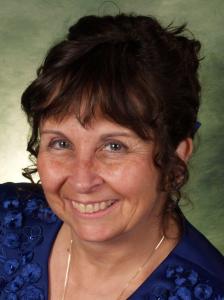As the very first Spotlight Author of the Rave Reviews Book Club, and yes, my fellow RRBCers, I will continue to remind you of that singular honor, I take great pleasure in hosting a Spotlight Author. If you’re not familiar with the benefits of membership in the Rave Reviews Book Club, then head on over to the website. Stay awhile and surf the menu. RRBC is a home away from home for a great group of congenial writers who help beginning writers as well as established writers to promote their work and have a good time while doing so. Today, Janelle Jalbert is in the spotlight, so if you decide to join this great group, say that Janelle sent you! Here she is in her own words.
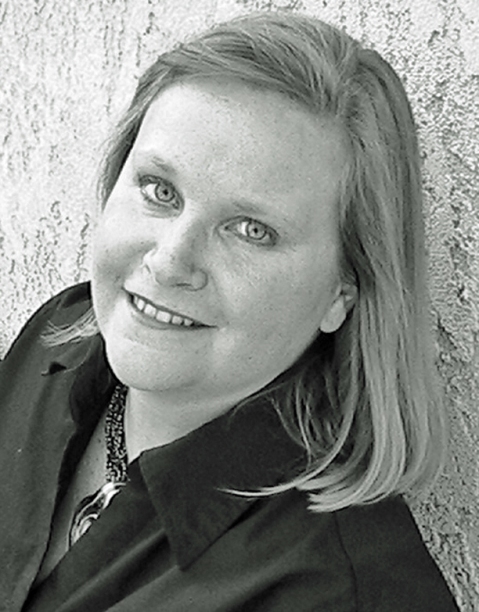
Birth of a Wingdog
Often, authors refer to their books as “book babies”, and I tend to be one of them. Each book is a special gift, at least for me, and has its own unique life beyond the covers. WINGDOG: Soul Pup continues that trend for me. It wasn’t started as a book. I had no illusions about being a memoirist. It started as a coping mechanism that blossomed into more than I originally ever thought possible.
The story behind WINGDOG started sometime in 2009. Have you ever gone through a period in life where everything seems to be touched by magic…where doors open to possibilities you couldn’t have imagined, and it seems as if you were given life’s golden ticket simply for waking up in the morning? That is where WINGDOG started.
I was transitioning out of the traditional classroom into online teaching and also working on a doctoral program in education while writing for an online startup. I’ve always had a wide range of interests and hobbies, including auto racing. In fact I used to get teased by my students for my motorsports enthusiasm.
By 2010, I was working two posts as a motorsports reporter/photographer in addition to my teaching career. Ninety days after covering a race weekend in Martinsville, Virginia, I signed a lease for an apartment in Charlotte, since my reporting was leading to more travel to the area. A month later, I officially moved from Southern California to North Carolina.
I didn’t have any personal ties to the area at the time. It was a leap of faith in many ways. A few months after I settled in, I began having problems with some neighbors and a couple of events had me thinking that I made a disastrous mistake. Still, I am not one to cower in the face of adversity, and my dog lover side made the solution easy. A pup would help me deal with the situation as well as be a much needed form of companionship in the aftermath of my move.
Little did I know the miracle that would arrive on an October afternoon. I opened an email and was introduced to a pup with one brown eye and one blue eye. I fell in love instantly. By that evening, my wingdog, Goose, and I were a fresh little family. Goose not only worked his magic on me but also touched lives across the country.
A year later, I began writing the “Goose Tales” as a kind of writing therapy. My life had done a severe one-eighty, and I was struggling after my return to Southern California. It started as a series of vignettes to help me smile when I thought the proverbial bottom had fallen out from under me.
It took more than four years and several stops and starts to see WINGDOG: Soul Pup completed. What began as writing therapy, to help process the events of a remarkable time in my life, slowly shifted. I learned one of the major differences between fiction writing and memoir writing in the process. There’s therapeutic value in getting a story told, but sometimes it takes time for the full impact of a cycle of events to emerge. Time may heal all wounds, but it is also true that the unfolding of subsequent life events change the story behind the story. It was the permission to let the story emerge over time that was the key to WINGDOG: Soul Pup being more than just another canine-centric story.
WINGDOG: Soul Pup is subtitled ‘A Magical Mutt Memoir’ because what started out as a personal coping strategy developed into a celebration of life and love. The magic in life is not about spells, potions and other wizardly or witchy things. The magical side of life is about experiencing all that life has to offer; celebrating companionship in all its forms; seeing the love and humor in the everyday moments; experiencing the gifts of serendipity and synchronicity; and understanding that the present of life is often more than we can grasp in the present moment.

Excerpt from Wingdog Soul Pup
First Date
Yes, I slept with him on our first date. It felt so good to have his warm body against mine. He was gorgeous and sweet as slumber set in, and I couldn’t help but curl up closer. We were already doing our own version of spooning, just hours after meeting. Everything was once again right with the world thanks to his warmth by my side. It was a case of love at first sight that grew deeper in the darkness of the bedroom around us.
I couldn’t help but run my fingers through his fur as his brindled coat rose and fell with deep, sleep-filled breathing. His fur was the perfect texture, not too course but without fluff. The hairs behind his bouncy ears were already my favorite, so silky fine. He sighed as I continued rubbing up and down his side before once more scratching behind his ear. With the ear rubs, he pushed closer into me. His sixteen pound body firmly tucked at my hip.
Ah, I’m home.
I wasn’t sure if it was my thought because it could have easily come from the pup at my side. For the first time in weeks, I began to doze off, peaceful and content. The neighbor problems that plagued my previous weeks faded away with his comforting presence.
Sometimes it does all work out. Bad things can lead to great opportunities.
The stress of moving from California to North Carolina evaporated. The distress that plagued me eased. It was what I’d been craving: a chance to forget and to enjoy life again. It was what my soul needed. I sighed and let go. All was good, at last.
The day started like most of late when I got sidetracked by my inbox after clicking on the message. A small, brown puppy snuggled face-to-face with a tabby kitten appeared. The expression in the picture wasn’t curiosity. It was more like a big brother protecting a younger sibling. The other picture was of the same puppy looking up at the camera. His brown ears were as big as his head. The look in his eyes was that of questioning intelligence, and only the slightest hint of his blue left eye opposite the brown one showed. He seemed to know it was not simply a picture being taken.
It took less than thirty seconds. I was in love.
Immediately, I hit reply. He’s adorable. I’d love to meet him!
With that, a flurry of emails was exchanged. I rushed out into the silvery, fall day, filled with clouds. I stopped at the ATM before getting on the highway for the trip down to Rock Hill from Charlotte. It felt odd to pull money out to buy a dog. Granted, I rescued pups before, but this felt different. Then, it hit me. There’s something not all together right about exchanging money for a living creature’s spirit, and that thought caught me off guard.
“What’s that all about?” I muttered as I turned down the onramp to Highway 85, heading south. I shook off the feeling with the thought that it helped pay for his care rather than buying him per say.
As I made the transition to the 77 near uptown Charlotte, I started thinking of names for the pup. Angie named him ‘Ace of Spades’ or Ace for ease, but that wasn’t right. I knew that instantly. My dogs have always named themselves. He’ll let me know. I thought, but still names flitted through my mind.
What do I want from all this? That made me laugh. It’s a dog adoption, not a marriage. The truth was already apparent. This was going to be bigger than a simple custody transfer. The anxiety over recent events with neighbors at my apartment complex threatened to rear up again. I needed someone…something…to help watch my back. I wanted a right-hand man…a wingman…or, in this case, a ‘wingdog’.
That’s it! Goose. Like the wingman in Top Gun, he’d be my extra pair of eyes and ears. I loved it immediately and settled on it before remembering that the dog does the choosing.
“Okay, just keep it in mind,” I mumbled as I got off the highway and made a convoluted trip to the apartment. I texted Angie from the parking lot because I couldn’t make sense of the numbers in the complex, so she agreed to bring him down to meet me. I waited in the car for a few minutes, laughing at myself for having a bit of ‘first date’ jitters about meeting a puppy.
They seemed to appear out of nowhere and stopped at the end of the walkway.
I got out, and as soon as I cleared the bumper, he spotted me. It was magic – a connection in an instant – as he leapt towards me despite his leash. His eyes lit up like I’m sure mine did. With a big smile and open arms, I walked up to him at Angie’s side and said hello. He barely reached my kneecap, but his eyes were wide and bright. I dropped to my knee. Given my earlier thoughts about marriage, I chuckled and shook my head to clear the whole proposal analogy from my head. He nuzzled into me immediately and toppled me onto my rear.
Who are YOU? I haven’t seen you before. He did a once over with his nose. Yep, you smell nice. You’re a good one. How ya doin’?
I smiled ear to ear as I situated myself, sitting cross-legged so the little guy could sniff away at will. If that isn’t an enthusiastic yes, I don’t know what is. My heart swelled as his furry little body shivered with excitement. His wild tail matched the leaping in my chest. I looked into his wide, trusting eyes: one brown, the other blue. It was a match. You choose me too! I thought as I wrapped my arms around the brindled bundle showering me in warm wet pup kisses.
“We found him on the highway. He was in bad shape, but we nursed him back to health. He’s been dewormed too.”
He sat listening to the conversation like he would chime in at any time, sneaking glances at me as Angie debriefed me about his circumstances.
How could someone be so evil to such an adorable boy?
“Several people have come to look at him, but the brindle coloring gives the impression of a pit bull.” Angie sighed. “He’s incredibly friendly, but the people who’ve come to see him have scared him as well as my husband and me. It’s like he knows they’re not right. My husband and I figured they were looking for fighting dogs, or even bait dogs, when they start asking about his bloodlines.”
A chill traveled down my spine at the thought of people looking to sacrifice a loving creature for a blood sport.
Angie continued, “That’s why we’ve been saying that he’s a Jack Russell mix. We’re not sure though, and we can’t keep him anyway.” Angie went on to explain about their impending move as Goose scanned the yard of the apartment complex.
Hold on. His name isn’t Goose yet. I thought as my mind and heart made the leap. He gets a vote. Remember?
“He’s big into sticks,” Angie stated as she reached up into the branches of a small, almost bare tree near us and broke off a branch for Goose. He immediately plopped down to tackle his new toy. “I was going to name him Lucky, but that’s too common. So, I thought that the Ace of Spades is a lucky card. That’s how he got his name.”
I noticed that he wasn’t too fond of the name either, since he didn’t even twitch when he heard her say it. Good boy! You’re definitely a smart one. I thought. I could tell Angie was stalling a bit with her continued chatting.
“He’s still damp. I was cleaning the bird cage in the bathtub, and he jumped right in too. He loves water.”
“Perfect! I’m a surfer girl who needs to be around water all the time.” I said with a laugh and smile. “Yeah, I know Charlotte’s not near the ocean, but we’ll be at the lake a lot.” I felt like I was selling myself to win favor.
“He loves going for rides too. My husband has to take him every time he goes to the store or wherever.”
“That works out perfectly too. Though I am teaching online classes fulltime, I’m a bit of a road warrior right now with a side gig as a motorsports reporter. That’s what brought me to NC. We’ll be going to California in a couple of weeks for the Phoenix race, Thanksgiving, and Champ Week. He’ll get the ride of his puppy life.”
Angie’s shoulders slumped as we transferred his things to the car, and I handed Angie a hundred dollars for both the pup and all of her supplies. There wasn’t much: a used cat collar, a small leash, some food and a bowl, but it was a start. The supermarket dog food was going to be replaced immediately.
You’ll be eating way better than that. I vowed silently. I could tell that Angie was both happy and sad. I passed the test. He was going to a good home, but it meant that he was leaving her.
Whether it was Angie’s demeanor or plain puppy energy, he grew restless, starting to explore the yard as much as he could while still on a leash. After Angie ran out of things to chit-chat about, I opened the passenger’s side door and cradled him in my arms. His warmth traveled to my core as the soft bundle of brown, black and white fur rested close to my heart. A sigh escaped as I held him to my chest before placing him on the seat.
Shotgun! He perked up and sniffed the interior, which was already filling with the smell of kibble.
His investigation stopped abruptly and he stared at Angie and me. He knew something was different. This wasn’t a casual, meet-someone-on-a-walk encounter anymore. It was a strange new car. He looked at Angie. Thank you. I’m happy. She’s a good one.
Angie sighed. “Bye, Ace. You’re a good boy.”
He seemed to smile as he stretched, puffing out his puppy chest. Then he got distracted by the straw to my iced coffee. He was at ease, and inside of two hours, I became a pup mom. Life wasn’t going to be the same again.
Website: www.janellejalbert.com
Amazon Author Page: http://bit.ly/JanelleJalbertRRBC
Twitter handle: @JustJJWriting
Facebook: Facebook.com/janellejalbert.author
WINGDOG: Soul Pup will be released on Amazon, March 7, with full release across most major retailers in June 2016

![images[5] (2)](https://jsherwinblog.files.wordpress.com/2014/09/images5-2.jpg?w=225&h=300)

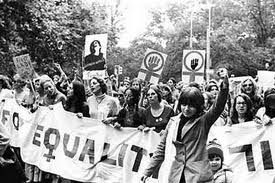
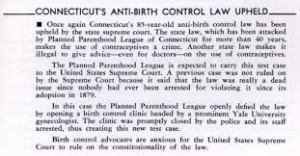


![51fAR0oaF2L._AC_US160_[1]](https://jsherwinblog.files.wordpress.com/2016/06/51far0oaf2l-_ac_us160_1.jpg?w=479)
![510sdjQ6QfL._AC_US160_[1]](https://jsherwinblog.files.wordpress.com/2016/06/510sdjq6qfl-_ac_us160_1.jpg?w=479)
![9780071351423_p0_v1_s118x184[1]](https://jsherwinblog.files.wordpress.com/2016/06/9780071351423_p0_v1_s118x1841.jpg?w=479)
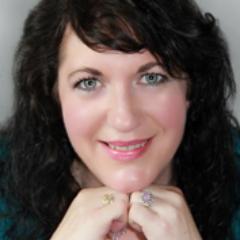

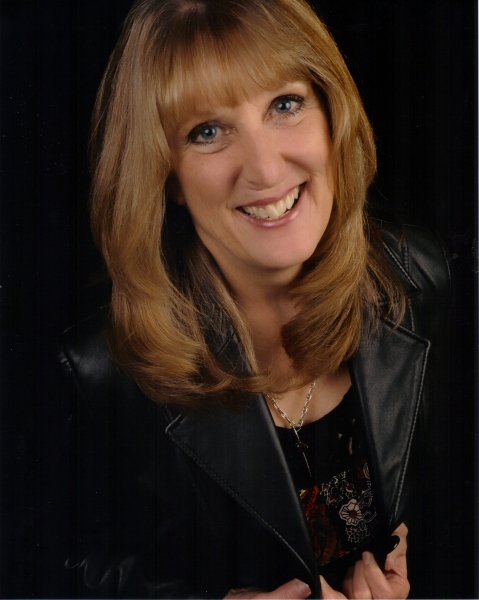













![photo-by-tim-burdick-copy[1]](https://jsherwinblog.files.wordpress.com/2015/05/photo-by-tim-burdick-copy1.jpg?w=200&h=300)
